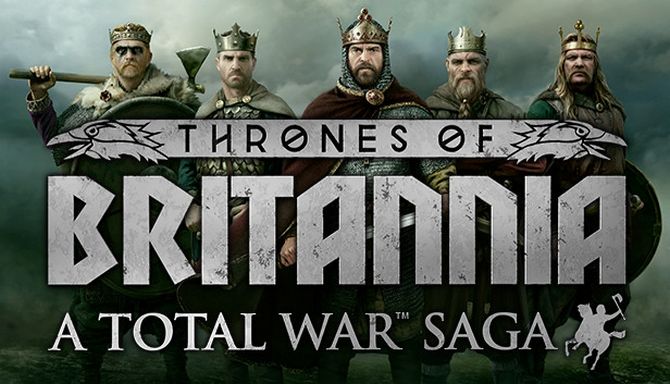Dreki - Great Axes
This transport ship is light and easy to manoeuvre, but almost defenceless if attacked.For these vicious axemen, their skull-splitting weapon is an extension of themselves.
For most of history the only way to move cargoes and people over long distances at any kind of reasonable speed was by water; this remained true until the invention of the railway. Trading vessels carried goods, following the coastlines for the most part, and up navigable rivers. The pattern of settlement and colonisation was almost entirely based on where ships could go. It was also considerably easier to move armies by sea than march them long distances. Trade ships were hired or requisitioned for such tasks, and this was an added incentive for generals to reach a quick conclusion to a campaign: war hurt trade, and used up ships needed for vital food supplies.
(Great Axes)
In the centuries following the eighth-century appearance of the first recorded Viking raiders in the Irish Sea, those of the Norse who chose to settle in the region came to be known as the ‘Ostmenn’, or more literally, ‘the men of the east’. This was how the settled Norse-Gaels contrasted themselves from the native Gaels, who they referred to as ‘Vestmen’, unsurprisingly, ‘the men of the west’. Combining local traditions with their own, the Norse-Gaels were culturally distinct from both the Gaels and their Scandinavian forefathers. Their hybridisation of traditions took place against the setting of their coastal defensive strongholds, many of which were the nuclei of the powerful independent kingdoms of later years. Norse-Gaelic powerbases would eventually be established in places like Dublin, Galloway, and Mann, amongst other places.
As with many facets of their culture, the martial traditions of the Norse-Gaels retained both Viking and Gaelic elements. Perhaps the most emblematic and imposing of all weapons they used was the two-handed broad axe, also known as the Dane Axe. As was the case for many who took axes into battle, it was often chosen for being a readily-available domestic tool, and it is certainly feasible that larger adaptations existed for chopping the bulkiest bits of wood. The shield-less warriors who wielded two-handed battle axes had a specialised place on the battlefield, entering the fray as part of a later wave to strike when enemy defences were down, causing skull-splitting damage to the opposition’s breached battle lines.
Unit Name Dreki - Great Axes |
Main Unit Key shp_est_great_axes |
Land Unit Key est_great_axes |
Naval Unit Key vik_dreki |
Soldiers 160 |
Category Heavy Ship |
Class Melee Ship |
Custom Battle Cost 450 |
Recruitment Cost 450 |
Upkeep Cost 140 |
Hull Strength |
└ Ship vik_dreki |
Speed |
Melee Skill 27 |
Melee Damage 35 |
├ Melee Weapon vik_dane_axe_levy |
├ Melee Base Damage 15 |
├ Armour-piercing Damage 20 |
├ Armour Piercing No |
├ Attack Against Cavalry 0 |
├ Attack Against Elephants 0 |
└ Attack Against Infantry 0 |
Charge Bonus 42 |
Melee Defence 27 |
├ Base Defence 27 |
├ Shield vik_none |
└ Shield 0 |
Armour 15 |
├ Armour vik_leather_helmet |
├ Armour Defence 15 |
└ Shield Armour 0 |
Health 100 |
├ Man Entity vik_inf_2h_med |
├ Man Health 100 |
└ Bonus Hit Points 0 |
Morale 30 |
Abilities
Great Axes- Wedge
"Let's break their line!"
Attributes
- [[col:yellow]]Hide (forest)[[/col]]
This unit can hide in forests until enemy units get too close. - [[col:yellow]]Raider[[/col]]
This unit may set buildings on fire, cause more fire damage with torches and capture faster than other units.
Strengths & Weaknesses
No Strengths and Weaknesses


 Français
Français Italiano
Italiano Deutsch
Deutsch Español
Español Русский
Русский Čeština
Čeština Polski
Polski Türkçe
Türkçe Português (Brasil)
Português (Brasil) 한국어
한국어 简体中文
简体中文 正體中文
正體中文
